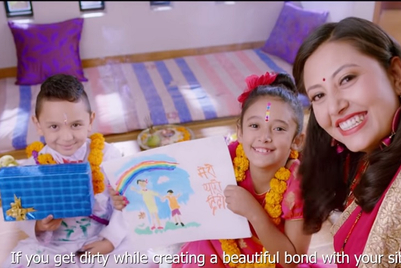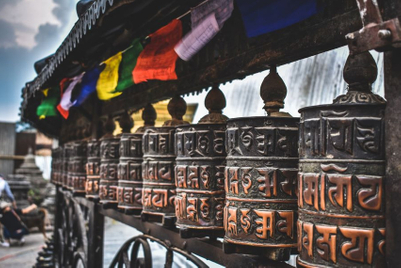.jpg&h=570&w=855&q=100&v=20250320&c=1)
Advertising is a major tool used by brands to deliver their message across to the audience. Television played a huge role in this effort. Over the years, we have seen changing trends in the way TV commercials have been dishing out the message. Back in the 80s, when television first made its entry in the living rooms, the advertising game completed. Suddenly marketers were not just talking about print layouts and art works, but shoots, production, directors and locations. The brand managers, suddenly, had more responsibility on their shoulders. In short, advertising had changed.
But amidst all this, one more thing had transformed. The pivotal role of women in advertising. Their role in advertising has been the subject of much public criticism, debate and empirical research.
TV ads definitely weren’t a first for women to be portrayed in advertising. Even before television commercials, we saw women in many renowned print advertisements. But TV ads were the climax.
Women have been cast as strong ‘brand ambassadors’ in the past. Throwback to the 80’s when India’s ad ‘God’, Alyque Padamsee created the memorable Surf commercial. Thus, was born the famous ‘Lalitaji’ character. She epitomised every virtue of a strong woman, who knew what she wanted. And made sure she got it. Then he made the Liril girl under the waterfall. A first for those archaic times. Since then, the depiction of women in advertising in our part of the world has come a long way. Women are a lynchpin when it came to selling certain type of products.
In this era of globalisation, our values and lifestyle are shaped and influenced largely by the mass media. Besides persuading us to buy products, advertisements also carry a subliminal message. And this message is often based on gender stereotypes. The ‘genderising’ of products and assigning specific roles is harmful and a major deterrent to achieving gender equality in the society. Commercials that readily come to my mind are those for deodorants and male-related products. They have typically stereotyped the woman.
But the landscape is changing. Nowadays we also see women being portrayed as independent freedom seekers; taking their own calls in not just professional sphere but in personal relationships too. There are certain ads, which are a breath of fresh air as far as opposing gender stereotyping is concerned. They revolve around innovative themes; show women in a progressive light.
This Women’s Day, the newspapers in Nepal had many women centric ads. Every brand was wishing women. Saluting their prowess. From energy drinks to sanitary napkins, the newspapers were replete with almost identical messages.But amidst all this, there were few pieces of work that really stood out. One was for breast cancer awareness, the other ad was an ad that had a wordplay in the headline. The striking feature of these two ads was that they actually engaged the reader, without being passive.
The breast cancer awareness ad was an ad printed deliberately in reverse. So that women readers could actually hold the ad in front of the mirror. And while they did this, the ad told them to check themselves for any early symptoms of breast cancer. A very innovative and refreshing way to send the message.
The other ad was a play in the headline. On the onset, the headline gives a negative connotation. But with the use of punctuations that were given along side the headline, and if placed at the right places in the headline, the meaning changed completely. It was complete opposite of the original headline. The striking feature of this ad was that it made the reader think, and act. Rather than just saying the message upfront and becoming a regular passive ad.
Similarly, Asian Paints Nepal acknowledge the women who have struggled hard against social injustice and lit up lives of the less privileged in the event organized on the occasion of International Women Day. They awarded 10 women who have brought many positive changes in the society.
Internationally, I love the work Dove has done by producing a brilliant piece of insightful communication called ‘Real Beauty Sketches’. Here they actually used ‘real’ women, not models, to serve the insight that women are more beautiful than they actually think they are.
Advertisements we produce can play a huge role in changing the perspective of the audience, and the way they look at women. They don’t just inspire, but empower women. As marketers, we should take cognizance of the fact that we should show women in a far more progressive light. Thus, healthy gender relations can be fostered by improving the image of women, through advertisements. I’m sure, this is what most women would love. Long live women power.
(Ujaya Shakya is the founder and managing director of Outreach Group based in Kathmandu and the author of ‘Brandsutra’.)





.jpg&h=334&w=500&q=100&v=20250320&c=1)
.jpg&h=334&w=500&q=100&v=20250320&c=1)


.jpg&h=334&w=500&q=100&v=20250320&c=1)
.jpg&h=334&w=500&q=100&v=20250320&c=1)



.jpg&h=334&w=500&q=100&v=20250320&c=1)




.jpg&h=268&w=401&q=100&v=20250320&c=1)


.jpg&h=268&w=401&q=100&v=20250320&c=1)
